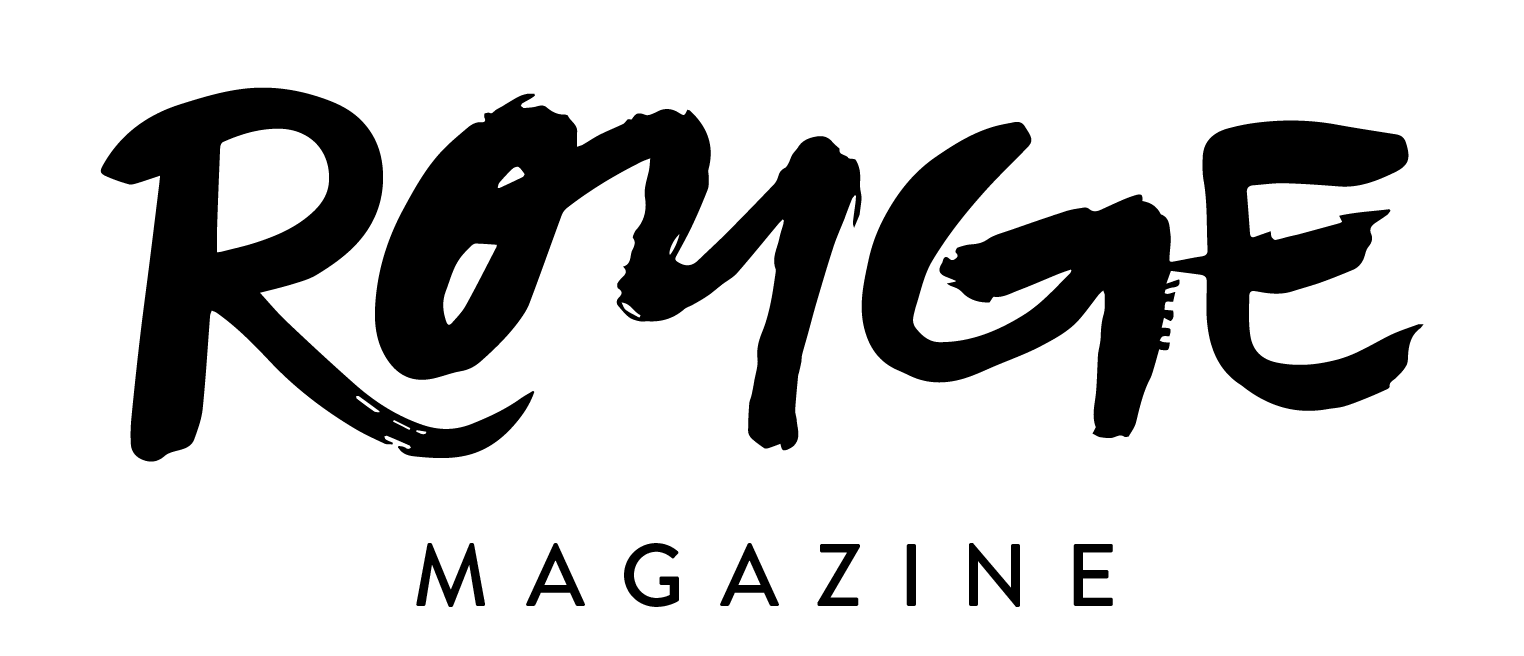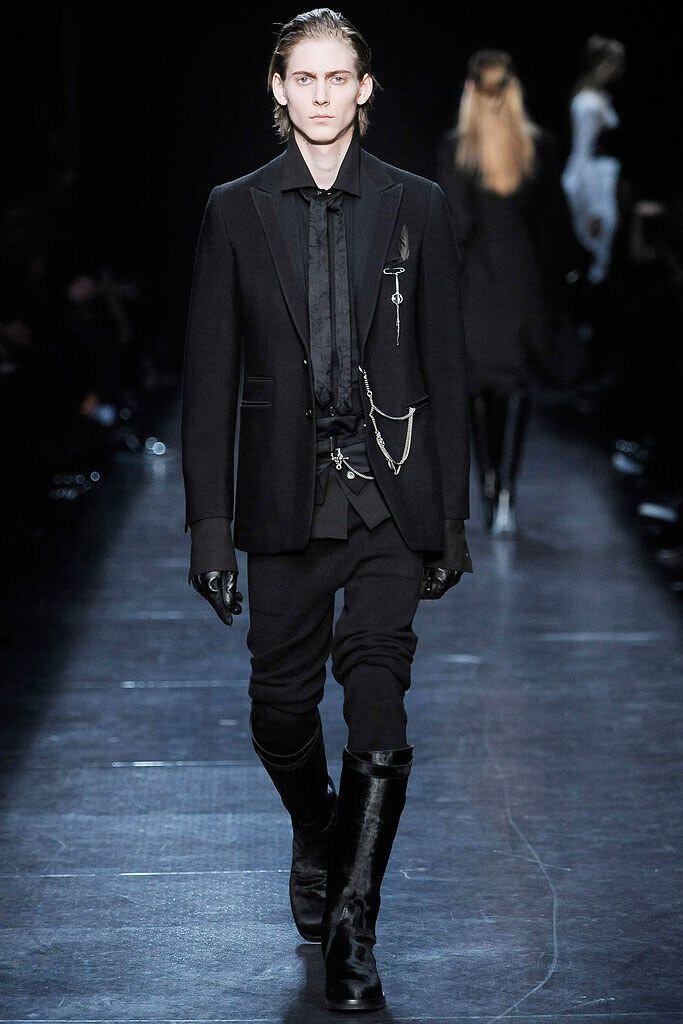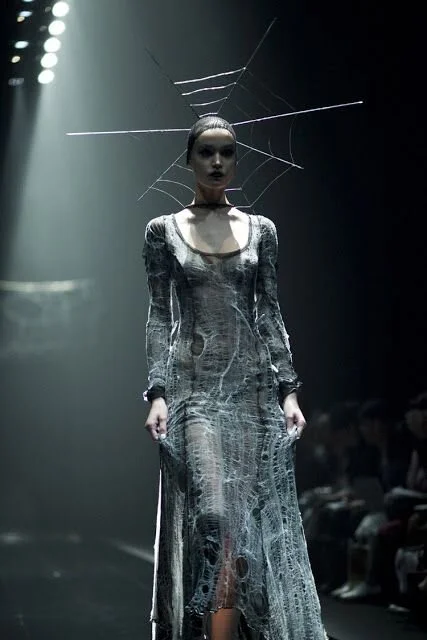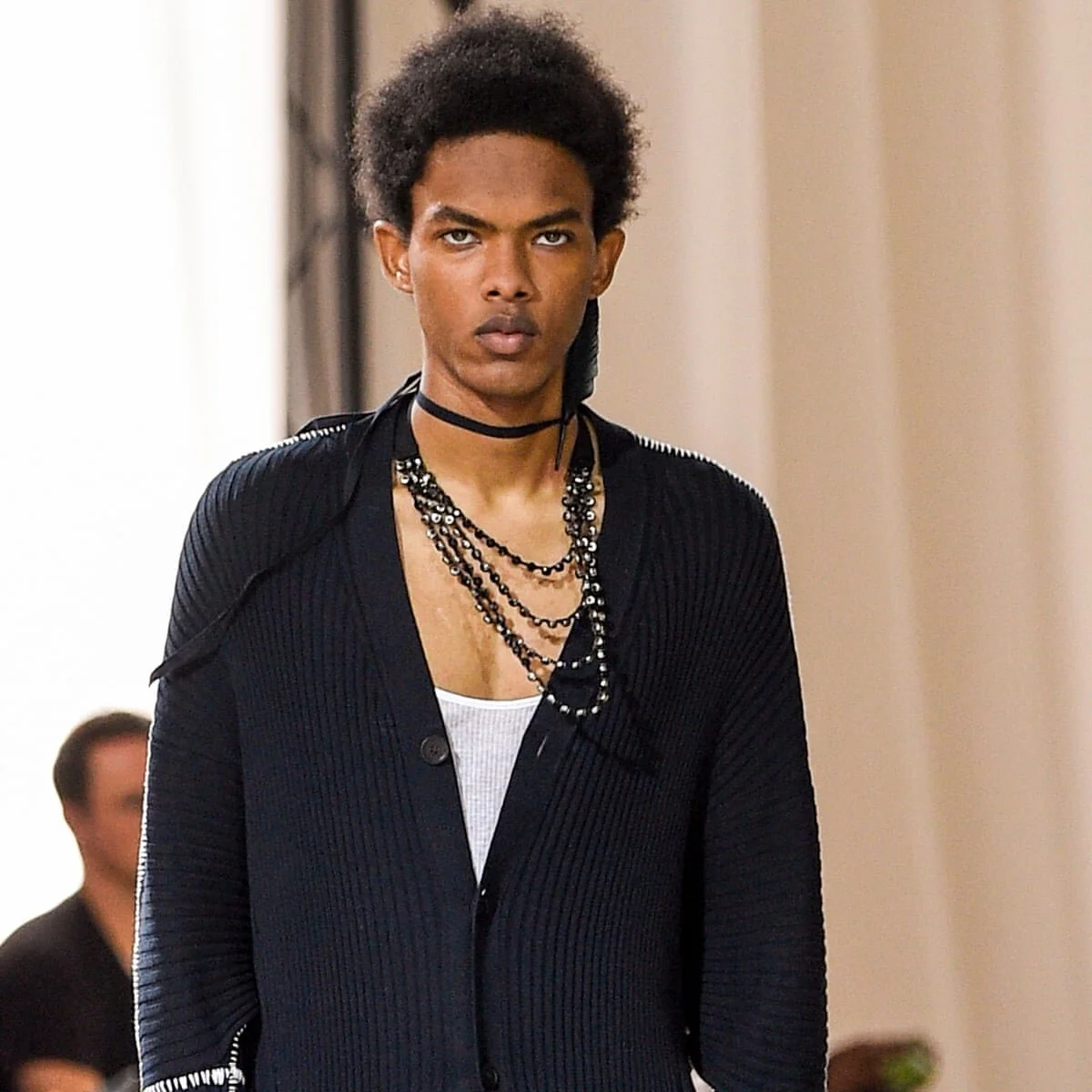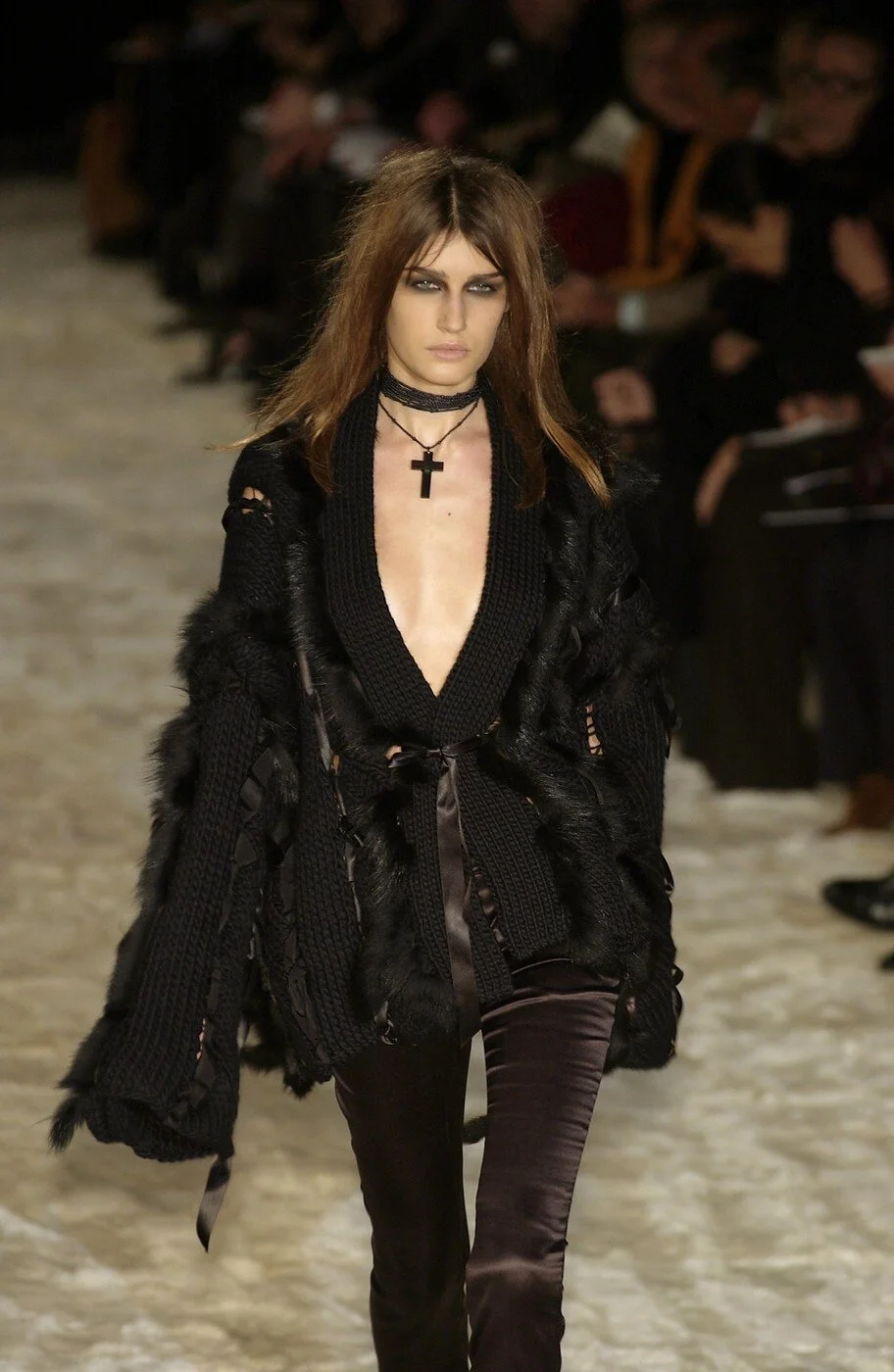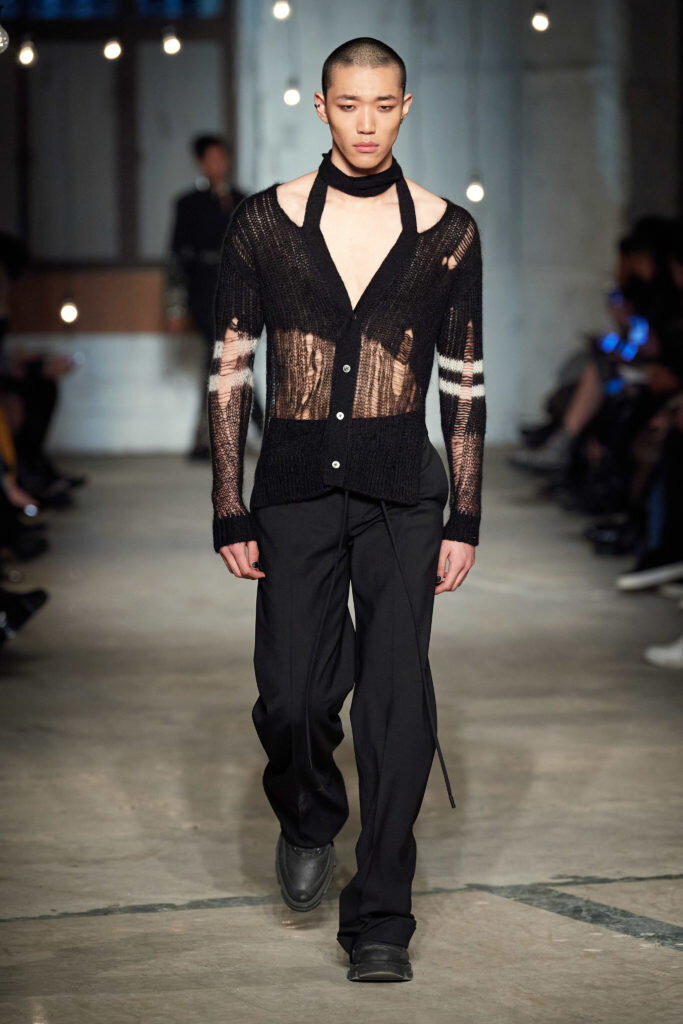In the Dark About Goth Fashion? Well, the Dark is a Good Place to Start.
In the midst of October, we’re beginning to see cobwebs, witches, vampires and other figures of Halloween as we approach the 31st. There is the goth subculture, though, that embraces these elements of horror year-round. Many of us can recognize this subculture for its embrace of black clothing, excentric hair and makeup and the romanticization of the macabre. Goth is a subculture based around music whose most influential creators consist of The Cure, Siouxsie and the Banshees, Bauhaus, Sisters of Mercy and other post-punk artists, mostly originating in the 1980s. These artists created music centering around themes of death, loss and darkness that inspired fashion meant to embrace the sides of life we usually only address on the last day of October. Though goth fashion may seem as though it is designed for a specific audience with specific tastes, its tenets can be used for interesting fall fashion inspiration. Let’s look at some elements of goth fashion that can be used to spice up anyone’s wardrobe this season.
Layering
Credit: Vogue.com
Though there are many facets of the subculture, a common trend throughout goth style is lots of layering. The subculture does not revolve around beauty but around the strange and mysterious, so layering items that traditionally do not seem to fit together is a great way to embrace the style. Oversized jackets over baggy shirts, tights under long skirts and dresses and chains upon chains upon chunky chokers are some unconventional forms of layering that can be found within goth communities. Goth culture is about accentuating the wicked, the weird and the unconventional, and is the perfect inspiration for those aspiring to step outside their fashion comfort zone.
Corsets
If you’ve scrolled through any form of social media lately, you’re surely no stranger to corsets. Corsets are a staple to many alternative subcultures, but goth style uses corsets to evoke haunting imagery. Corsets in colors like black, dark red and dark purple are worn alone, with jackets, or with fishnet undershirts for example. Underbust corsets worn over dresses and tops are also popular. Corsets may be worn as love letters to gothic literature, which embraces all things haunted. For many, corsets are seen as a symbol of female oppression, but within goth subculture they depict the wearer’s boldness and power.
Lace
Credit: Vogue.com
Specific textiles are important when identifying goth style. Unsurprisingly leather, the material that’s been associated with edginess and rebellion for decades, is a goth staple. On the opposite end of the spectrum, soft, romantic lace is very popular. Lace within goth style is typically black and is often reminiscent of funeral attire. Wearing black lace in the form of a dress, skirt or gloves can instantly have you looking like the beautiful, undead inhabitant of an abandoned manor. Lace is typically viewed as a delicate and feminine textile, so when paired with harsh materials like leather and chains there is an interesting contrast. Adding a bit of delicate beauty to an otherwise harsh aesthetic makes for a head-turning look.
Androgeny
Credit: papercitymag.com
Goth fashion pushes the boundaries and is about being unafraid to explore the taboo sides of life and death. Though androgyny has become much more socially acceptable over the years, goth fashion has been embracing non-gendered fashion since the subculture’s beginning. Additionally, eccentric makeup for all genders has been a consistent component of goth style since the 1980s. Men and women’s fashion is very similar in traditional goth style, as they both often wear the same materials, like fishnet, leather and lace. Goth culture is not about embracing societal norms of any kind, nevermind gender roles, so skirts, blazers, makeup and jewelry are worn as gender-neutral pieces.
Heavily distressed items of clothing
If you tend to snag your tights and dresses, don’t worry! Distressed tights, jackets, shirts, skirts, dresses, etc. are intrinsic to goth fashion. Distressed jeans are already popular amongst mainstream fashion, but within goth subculture rips and tears can be found on any piece of clothing. Within many alternative subcultures “do it yourself” clothing is seen as a sign of authenticity and as a rejection of mainstream society. Ripping your own clothing is an affordable and easy way of taking inspiration from goth culture. Distressed clothing is harsh, edgy and interesting to look at. It also plays into the themes of horror and despair that gothic fashion is known for.
It can be difficult to venture outside of the norm in regards to fashion. When your looks are on display to the public, it can be scary to take risks. Goth fashion takes the scary parts of life and turns them into something worth being revered and stylized. This is a skill that many of us can benefit from practicing. Though there is more to goth culture than fashion, looking to different, subversive subcultures for fashion inspiration can help us branch out of our comfort zones and create a more interesting version of our personal styles. Goth fashion has been around for decades and has influenced many people from top designers to students you pass on campus daily. Delving into goth subculture and style can help those looking for something new and explore a darker side of themselves than they typically do, and fashion has never shied away from a little edginess.
graphics by: Shayla Hadziahmetovic
